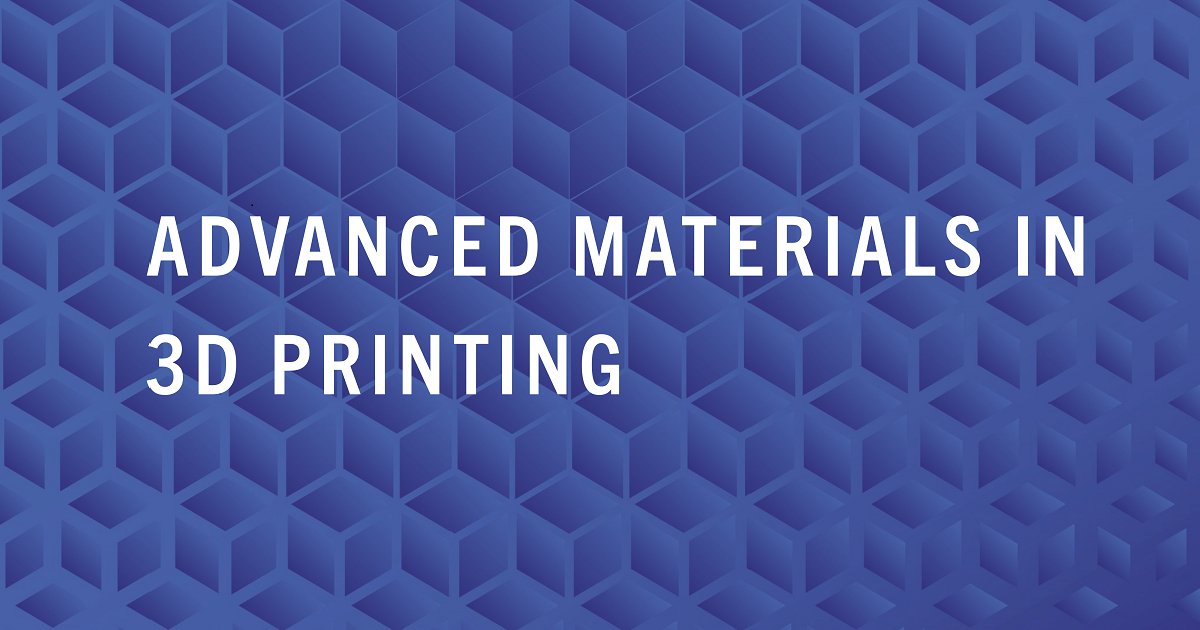Advanced Materials in 3D Printing
A special issue of Applied Sciences (ISSN 2076-3417). This special issue belongs to the section "Additive Manufacturing Technologies".
Deadline for manuscript submissions: 20 May 2024 | Viewed by 8840

Special Issue Editors
Interests: advanced materials; materials characterization; optics; photonics; thin films; integrated optics; polymers; composite materials; 3D printing
Interests: materials and technology evaluation and selection; product development; composite materials; mechanical design; rapid prototyping; additive manufacturing
Special Issues, Collections and Topics in MDPI journals
Special Issue Information
Dear Colleagues,
Additive manufacturing (AM), commonly referred as 3D printing, plays an unquestionably important role in the world today. Cited by Forbes, Wohlers Report 2020 states that in 2019, the AM industry, consisting of all AM products and services worldwide, grew 25% to $12 billion. Besides the importance already achieved by AM at the present time, it is expected that its significance will increase in the future. AM’s contributions extend to several relevant fields such as aerospace, automotive, construction, electronics, energy, healthcare, and optics.
We have recently witnessed the rapid development of 3D printers, which has enabled the establishment of a coherent and systematic study of the relationship between the materials, processing, and properties of parts produced with conventional materials. These developments have allowed us to realize that materials play an essential role in 3D printing and strongly affect the performance of products obtained through these technologies. However, despite the advances made so far, the number of materials available for 3D printing is still quite limited, opening up a window of opportunity for the development of new advanced materials. These developments can potentially lead to to the manufacture of inovative products with improved performance and sustainability, propelling the growth of 3D printing technologies.
The aim of this Special Issue is to provide a scientific platform regarding the development of advanced materials for 3D printing to discuss the present advances and challenges in 3D printing technologies. The Special Issue, entitled Advanced Materials in 3D Printing, is intended to be a broad spectrum forum for the presentation of publications in the form of original research articles or review papers addressing the most recent studies on the synthesis, processing, and characterization of advanced materials for 3D printing.
Prof. Dr. Carlos Miguel Santos Vicente
Prof. Dr. Marco Leite
Guest Editors
Manuscript Submission Information
Manuscripts should be submitted online at www.mdpi.com by registering and logging in to this website. Once you are registered, click here to go to the submission form. Manuscripts can be submitted until the deadline. All submissions that pass pre-check are peer-reviewed. Accepted papers will be published continuously in the journal (as soon as accepted) and will be listed together on the special issue website. Research articles, review articles as well as short communications are invited. For planned papers, a title and short abstract (about 100 words) can be sent to the Editorial Office for announcement on this website.
Submitted manuscripts should not have been published previously, nor be under consideration for publication elsewhere (except conference proceedings papers). All manuscripts are thoroughly refereed through a single-blind peer-review process. A guide for authors and other relevant information for submission of manuscripts is available on the Instructions for Authors page. Applied Sciences is an international peer-reviewed open access semimonthly journal published by MDPI.
Please visit the Instructions for Authors page before submitting a manuscript. The Article Processing Charge (APC) for publication in this open access journal is 2400 CHF (Swiss Francs). Submitted papers should be well formatted and use good English. Authors may use MDPI's English editing service prior to publication or during author revisions.
Keywords
- advanced materials
- 3D printing
- additive manufacturing
- raw materials for 3D printing (powders, filaments, resins)
- process validation of new 3D printing materials
- 3D printing with composite materials
- additive manufacturing of metals and alloys
- high performance polymers
- materials from renewable sources and recycling
- conductive and magnetic materials for 3D printing






